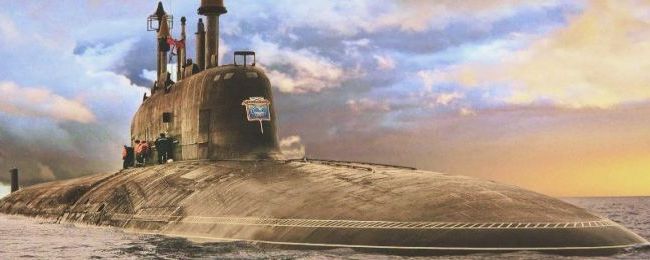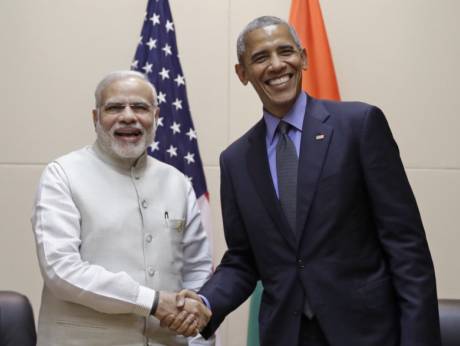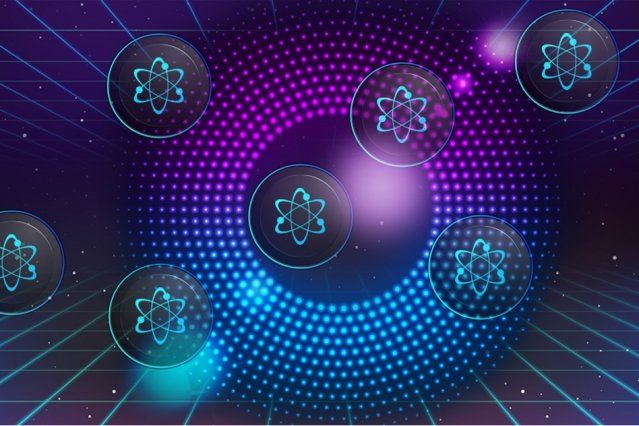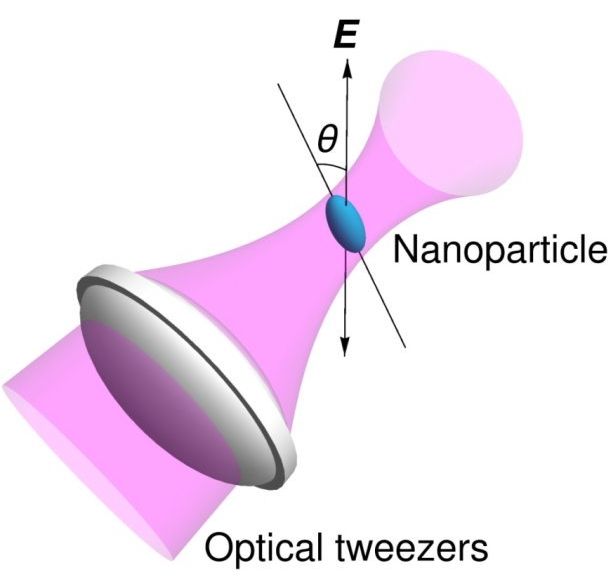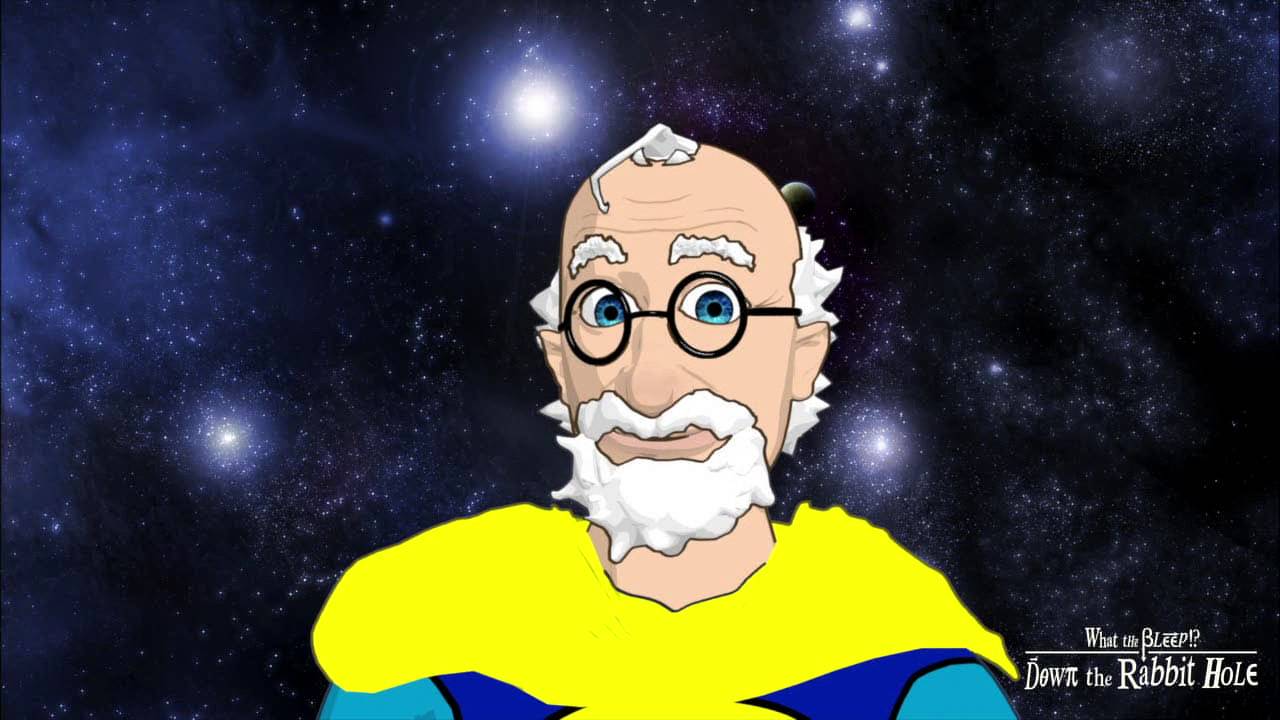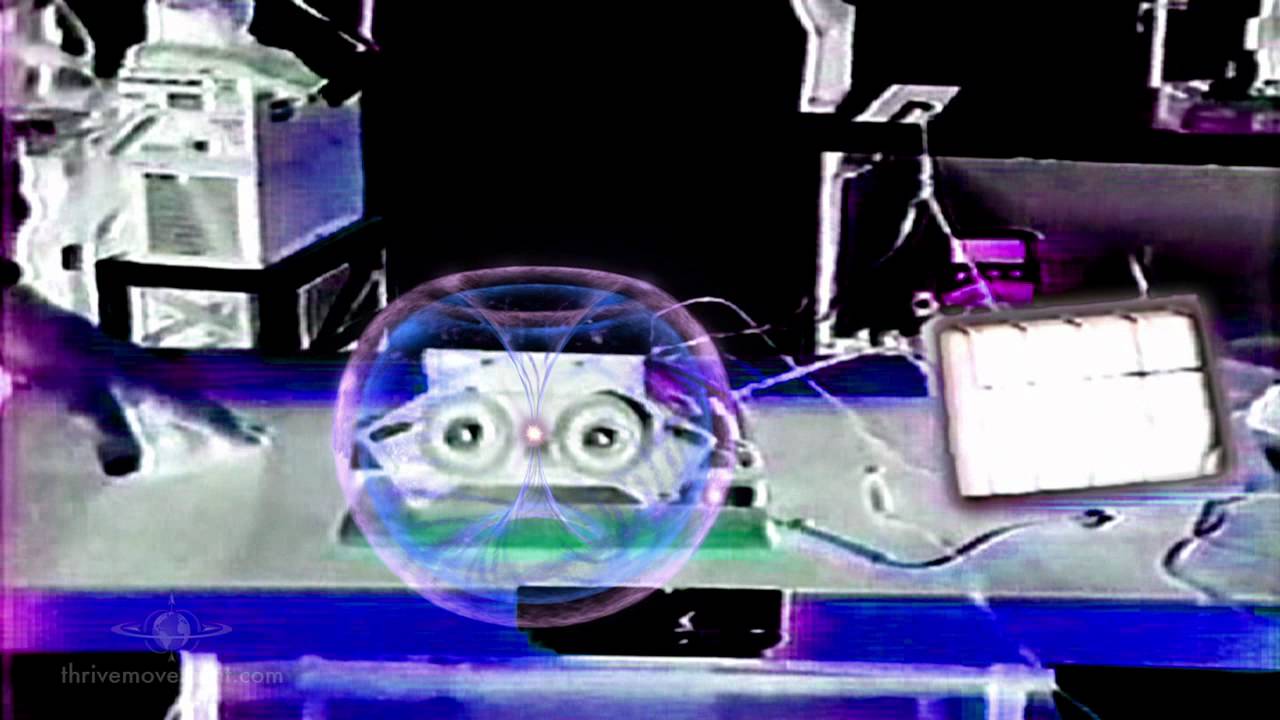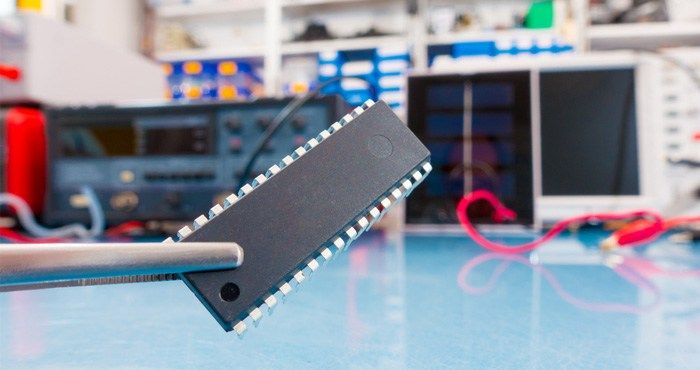Sep 15, 2016
Programmable Biology Has Begun
Posted by Karen Hurst in categories: bioengineering, biotech/medical, genetics, life extension, singularity
Scientists have completed reprogramming DNA on the largest scale ever, making the concept of superhumans a reality while advancing Singularity.
Cloned embryo.
Most of us like the idea of superpowers. Though we may never have the strength of Superman, we could be made stronger, faster, and even better-looking, with total control over our genome, or genetic makeup. What about becoming disease-resistant, weight gain resistant, and even slowing down the aging process? This might be possible in decades to come, as geneticists are now getting ever closer to, not just removing and replacing genes, but rewriting entire genomes. It sounds like the realm of science fiction. Yet, consider that geneticists at Harvard recently recoded the genome of a synthetic E. coli bacteria. Prof. George Church and colleagues conducted the study.
